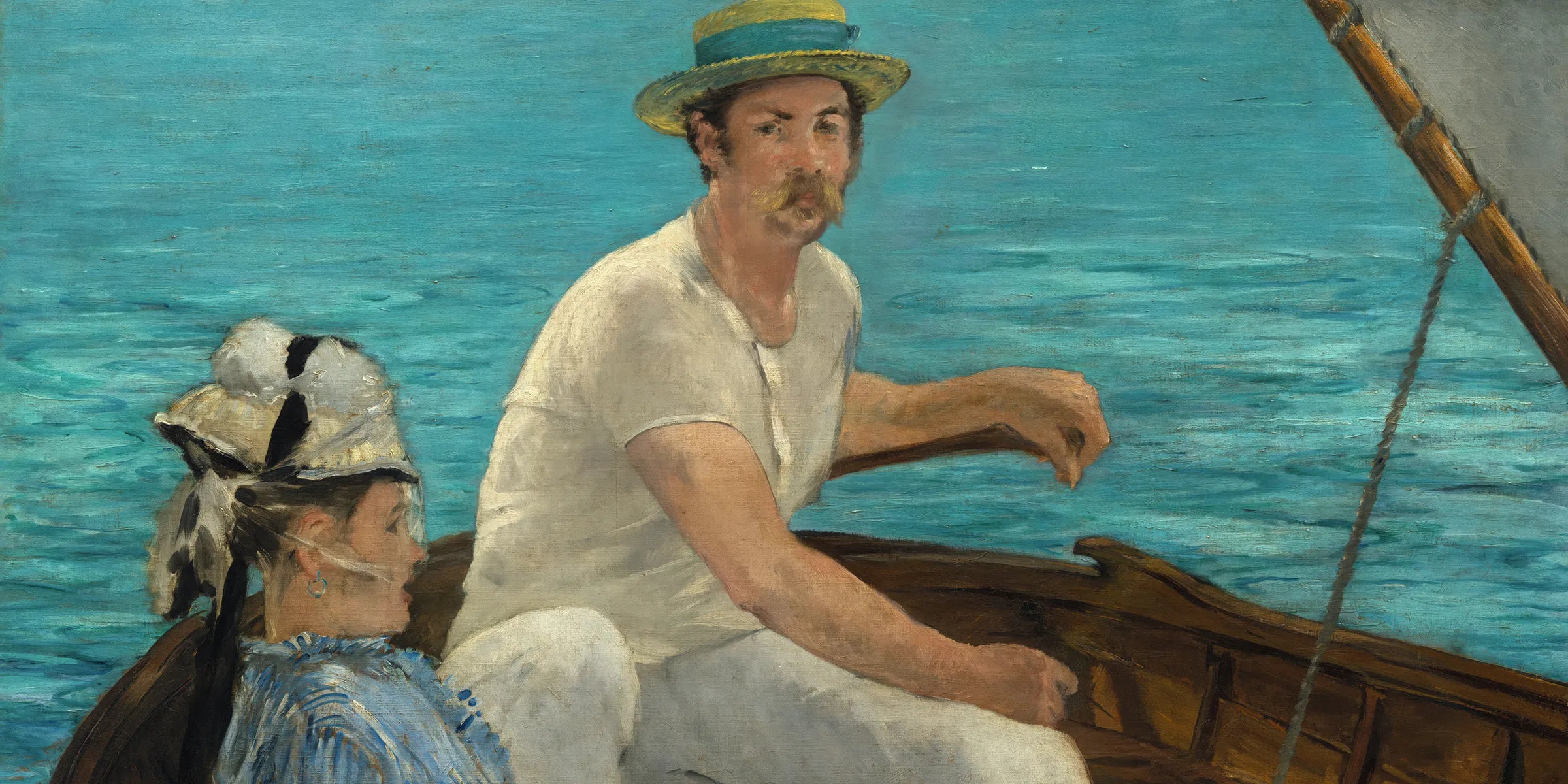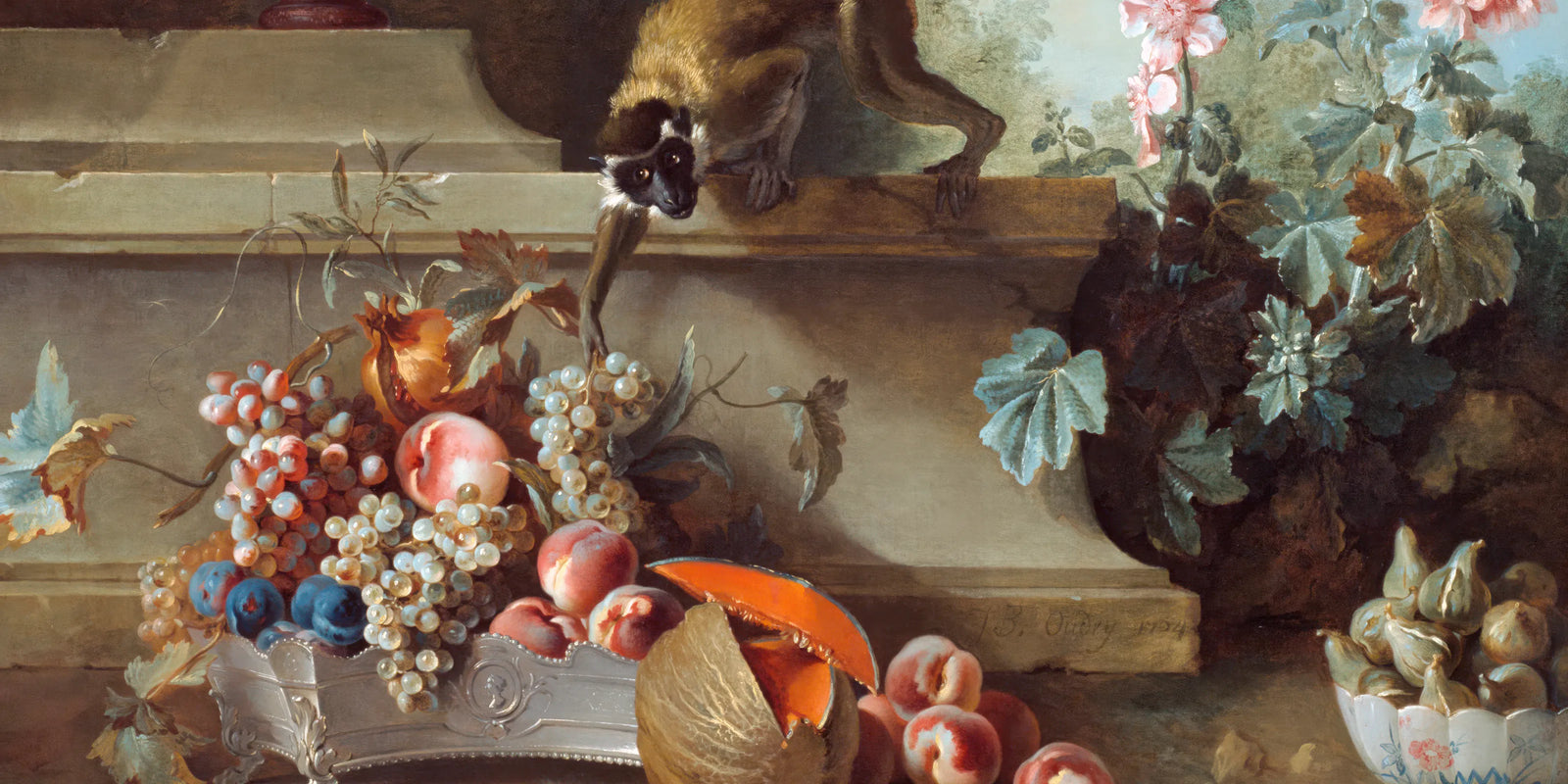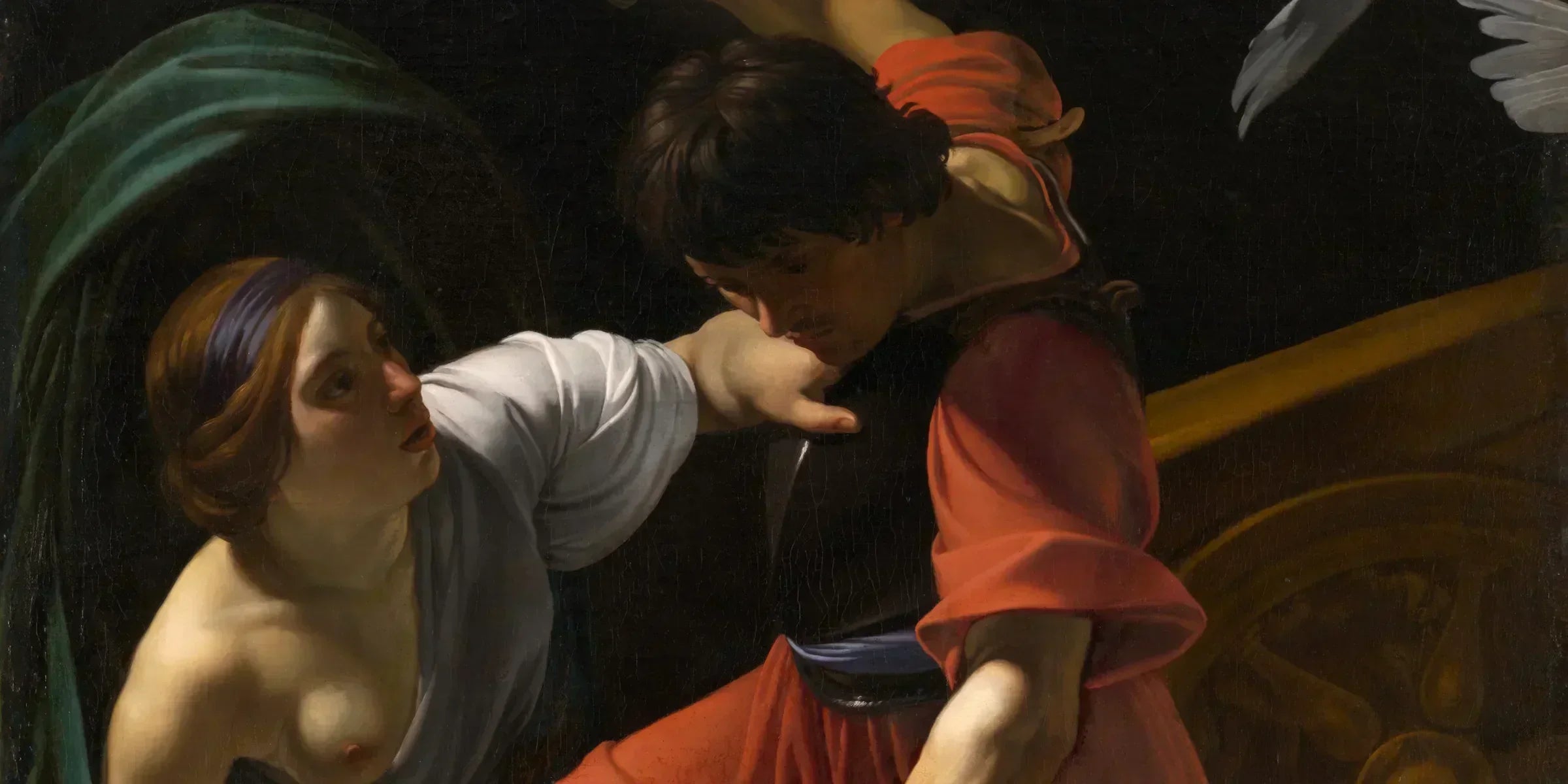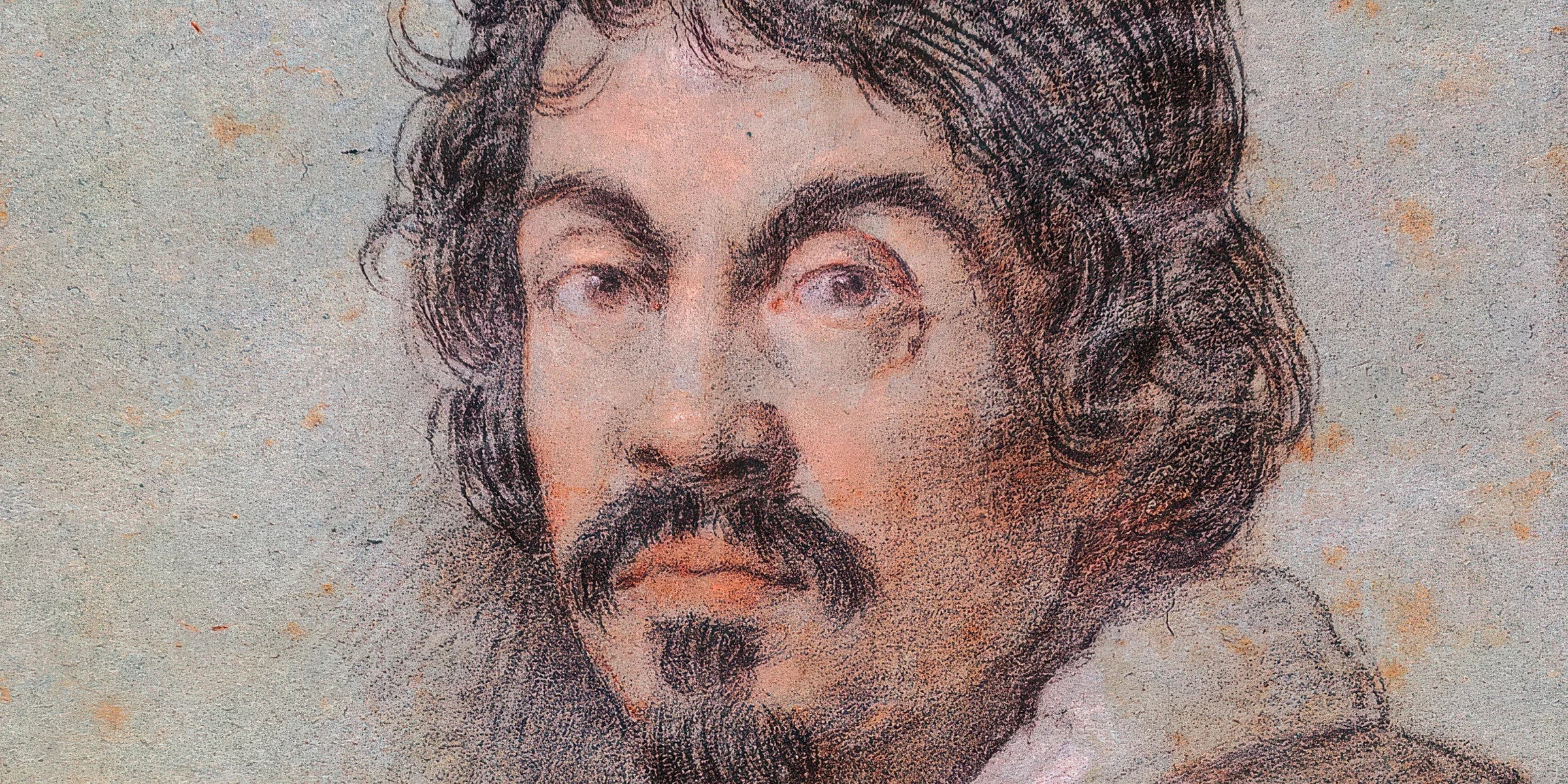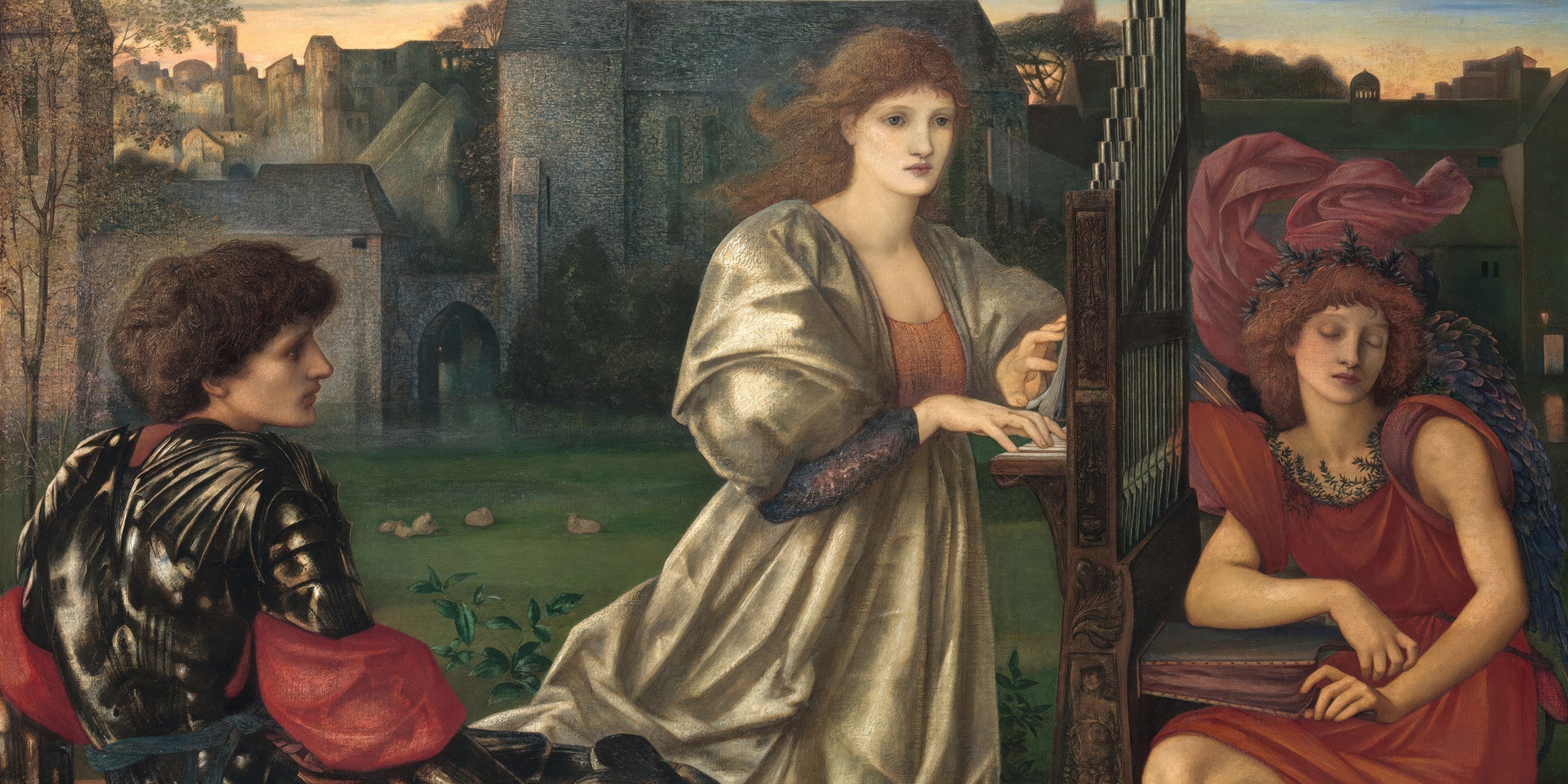Trompe-l’oeil: When Art Tricks Your Brain
The Grand Illusion
Ever walked into a room, thinking there was a window with a breathtaking view, only to realize it was just an insanely realistic painting? Congratulations, you’ve been trompe-l’oeil-ed! This art form, whose name literally means "deceives the eye," has been baffling audiences for centuries. Think of it as the artistic equivalent of a magician pulling a rabbit out of a hat—except the rabbit is painted, the hat is an illusion, and your mind is officially blown.
A History of Deception
Trompe-l’oeil dates back to ancient Greece and Rome, where artists used it to impress their patrons (and possibly make them question their sanity). Legend has it that the Greek painter Zeuxis once painted grapes so realistic that birds tried to peck at them. His rival, Parrhasius, took it a step further by painting a curtain so convincing that Zeuxis tried to pull it aside. The moral of the story? Never challenge an artist with too much time on their hands.
Fast forward to the Renaissance, when artists like Andrea Mantegna and Giovanni Battista Tiepolo brought trompe-l’oeil to new heights (literally—they loved painting fake domes and skies on ceilings). Baroque and Rococo artists later perfected the technique, turning grand palaces into optical wonderlands. Because why settle for a boring ceiling when you can pretend you’re staring into the heavens?
A Style, Not a Movement
Unlike artistic movements that are tied to specific time periods, philosophies, or cultural shifts, trompe-l’oeil is more of a stylistic approach than a distinct movement. It has appeared across various art periods, from ancient times to the modern day, without being confined to a single school of thought. While techniques like chiaroscuro and perspective contribute to its effectiveness, trompe-l’oeil itself is not bound to a particular method—it’s simply an artist’s commitment to pushing realism to its absolute limits.
The Art of Trickery
So, how does trompe-l’oeil work? The magic lies in a few clever techniques:
-
Perspective: Artists use forced perspective to create the illusion of depth. A flat surface suddenly becomes a three-dimensional space. Or at least, that’s what your gullible brain thinks.
-
Shadows and Highlights: The strategic use of light tricks your eyes into seeing volume where there is none. It’s basically shading on steroids.
-
Attention to Detail: Every texture, every reflection, every tiny crack is painted meticulously. It’s the kind of commitment that makes you wonder if these artists ever slept.
Fun Facts to Impress (or Confuse) Your Friends
-
The Capitoline Museums in Rome have an ancient Roman trompe-l’oeil mosaic featuring a realistically painted pile of leftover food scraps. Because nothing says “high art” like tricking someone into thinking they need to sweep the floor.
-
Modern street artists have taken trompe-l’oeil to a new level, creating 3D illusions on sidewalks that make you hesitate before stepping on them. Who knew pavement could be so terrifying?
 A trompe-l'œils on Charles de Gaulle Square in Toulouse © Côte du Midi
A trompe-l'œils on Charles de Gaulle Square in Toulouse © Côte du Midi
-
Even Hollywood uses trompe-l’oeil techniques in set design—sometimes those grand backgrounds in movies are just skillfully painted flats. Yes, your favorite epic fantasy scene might actually be a well-placed wall.
The Ultimate Art Prank
Trompe-l’oeil is proof that art isn’t just for admiring—it’s for messing with people’s heads in the best way possible. Whether it’s an ancient Roman mural or a 21st-century street painting, this technique continues to challenge our perception of reality.
Want to bring a little visual trickery into your home? Check out our collection of stunning trompe-l’oeil reproductions—just don’t be surprised if your guests start trying to open a painted door. We take no responsibility for their confusion!





